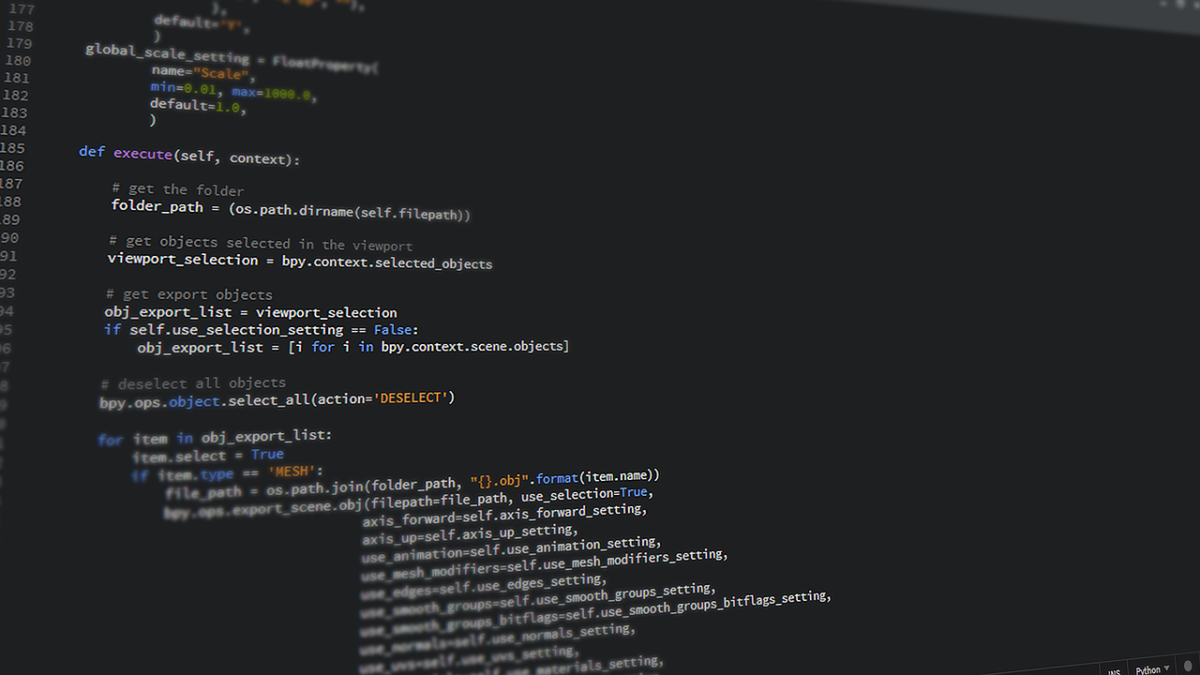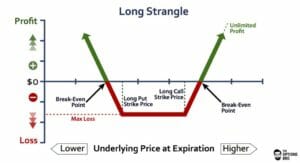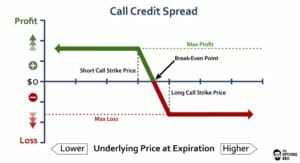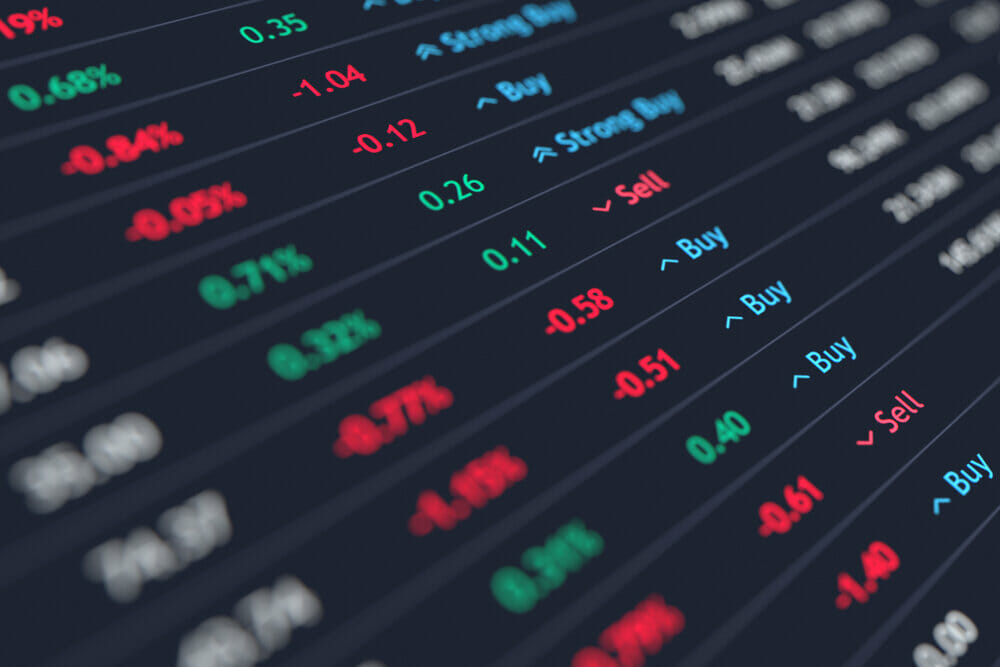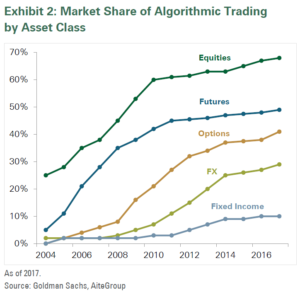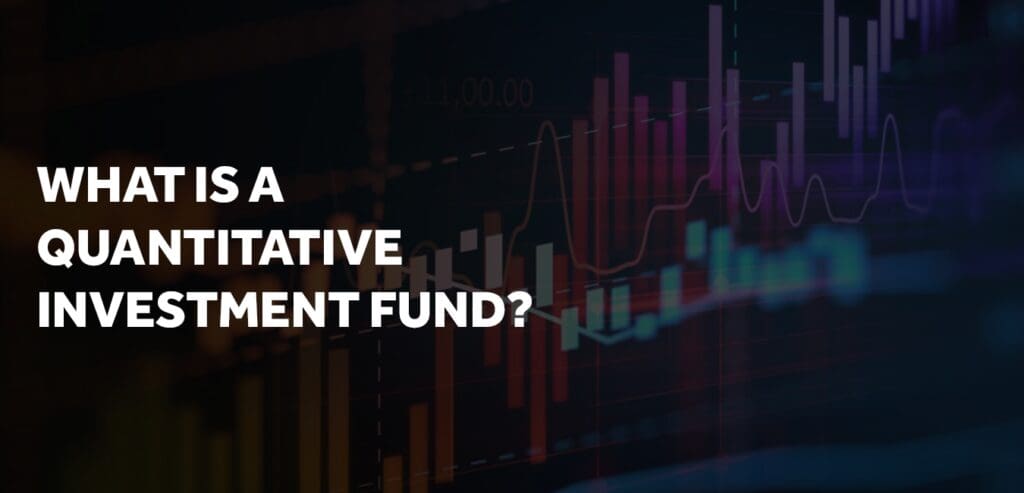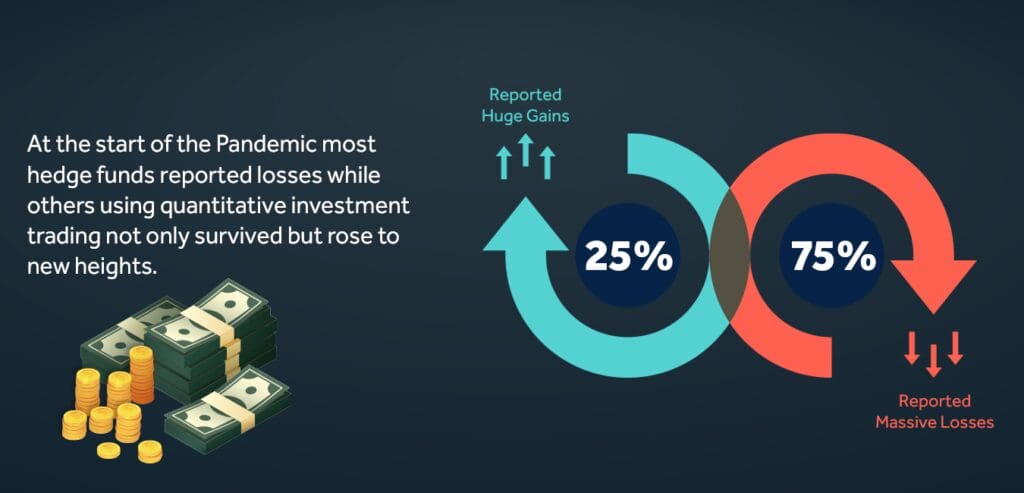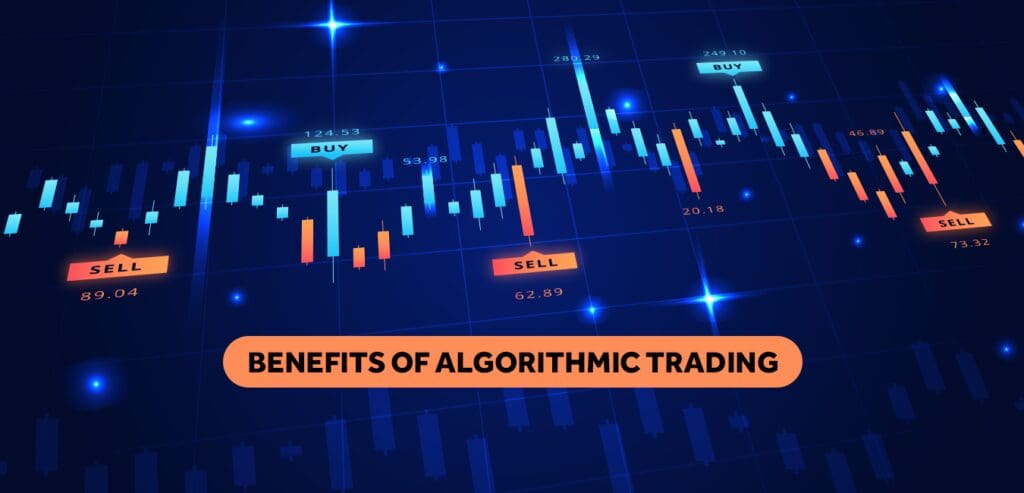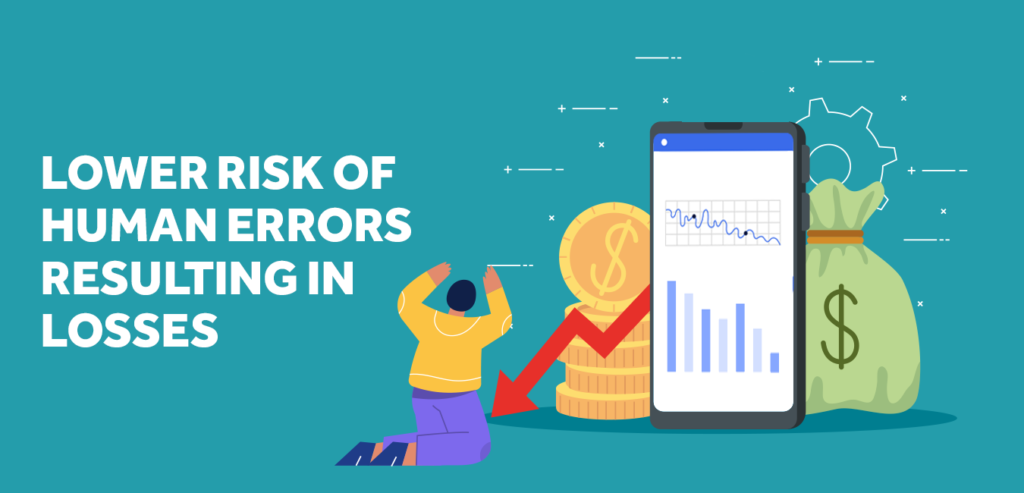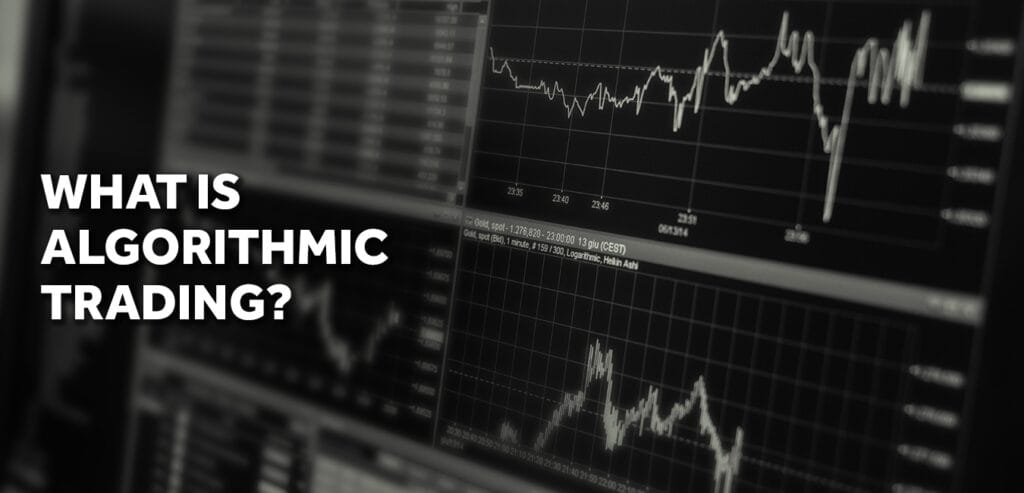Algorithmic trading and market manipulation have been hot topics in recent years. As technology continues to advance, the finance industry has also adopted new tools and techniques for trading. This article will explore the world of algo trading, market manipulation, and how Python can be used to understand and combat these tactics. From learning to code with Python for algorithmic trading, to utilizing AI and ChatGPT in algo trading, we’ll dive into strategies for overcoming market manipulation and case studies of successful Python-based algo trading systems. Finally, we’ll cover resources for mastering Python and algo trading, and explain why embracing Python is essential for a fair and transparent trading market.

Introduction to Algorithmic Trading and Market Manipulation
Algorithmic trading, or algo trading, refers to the process of using computer programs and algorithms to execute trades at a speed and frequency that is impossible for humans to achieve. It is a highly complex and rapidly evolving field that has revolutionized the way financial markets operate. However, alongside this technological innovation comes the risk of market manipulation – when traders use underhanded tactics to gain an unfair advantage over other market participants.
Market manipulation can take many forms, such as pump-and-dump schemes, front-running, and spoofing. These tactics are not only unethical, but they also violate securities laws and regulations. With the rise of algo trading, it has become increasingly important for traders and regulators to understand and detect market manipulation tactics in order to maintain a fair and transparent trading environment.
The Role of Python in Algo Trading
Python is a versatile programming language that has gained popularity in the world of finance due to its simplicity, readability, and extensive libraries. It has become a go-to language for many algo traders, as it allows them to develop, test, and deploy trading strategies quickly and efficiently.
Python’s flexibility makes it an ideal language for creating trading algorithms, and its extensive libraries, such as Pandas and NumPy, make it easy to analyze and manipulate financial data. Additionally, Python has a strong community of developers who contribute to its growing ecosystem of tools and resources, making it an even more attractive choice for those interested in algo trading.
Understanding Trading Algorithms and Market Manipulation Tactics
To effectively combat market manipulation using Python, it’s crucial to first understand the types of trading algorithms and tactics employed by manipulative traders. Some common algorithms used in algo trading include:
- Trend-following algorithms: These algorithms identify and follow trends in the market, typically using technical indicators like moving averages, RSI, or MACD.
- Mean reversion algorithms: These strategies assume that prices will eventually revert to their historical averages and seek to capitalize on short-term price deviations.
- Arbitrage algorithms: These algorithms identify and exploit price discrepancies between different markets or financial instruments.
Market manipulation tactics, on the other hand, involve deliberately creating false signals or exploiting market structure to gain an unfair advantage. Some common market manipulation tactics include:
- Pump-and-dump schemes: This involves artificially inflating the price of a security through false or misleading statements, and then selling the security once the price has risen.
- Front-running: This occurs when a trader places orders ahead of a large order from another trader, anticipating that the large order will move the market price in their favor.
- Spoofing: This tactic involves placing and then canceling a large number of orders, creating the illusion of market activity or price movement, and then taking advantage of the resulting price changes.
Learning to Code for Algorithmic Trading with Python
To get started with Python and algo trading, you’ll first need to learn the basics of Python programming. There are numerous resources available for learning Python, ranging from online tutorials and courses to textbooks and in-person workshops. Some popular resources for learning Python include:
- Python.org: The official Python website offers a wealth of information, including tutorials, documentation, and a beginner’s guide.
- Codecademy: Codecademy offers an interactive Python course that covers the basics of the language, as well as more advanced topics.
- Coursera: Coursera offers several Python courses and specializations, taught by experts from top universities and institutions.
Once you have a solid foundation in Python, you can begin exploring the world of algo trading. Start by learning about financial markets and the various trading strategies used by algo traders. Then, familiarize yourself with Python’s financial libraries, such as Pandas, NumPy, and Quantlib, which will help you analyze financial data and develop your own trading algorithms.
Utilizing AI and ChatGPT in Algo Trading
Artificial Intelligence (AI) and natural language processing have become increasingly important in the realm of algo trading. ChatGPT, a powerful text-generating AI, has the potential to revolutionize the way traders and investors analyze and interpret financial news and data.
By using ChatGPT in conjunction with Python, algo traders can parse through vast amounts of textual information, such as news articles, earnings reports, and social media posts, to identify relevant trading signals and opportunities. Furthermore, AI and ChatGPT can be utilized to create more sophisticated trading algorithms that can adapt to changing market conditions and learn from historical data.
Detecting Market Manipulation Using Python-Based Trading Algorithms
Armed with an understanding of market manipulation tactics and a solid foundation in Python, traders can leverage the power of Python-based trading algorithms to detect and combat market manipulation. By analyzing market data and identifying patterns indicative of manipulative behavior, algo traders can develop strategies to counteract these tactics and maintain a level playing field.
For example, traders can use Python’s machine learning libraries, such as Scikit-learn and TensorFlow, to train models that can identify instances of spoofing or front-running. Alternatively, they can use Python’s network analysis libraries, such as NetworkX, to analyze order book data and uncover relationships between traders that may indicate collusion or other manipulative behavior.
Strategies for Overcoming Market Manipulation in Algo Trading
In addition to detecting market manipulation using Python-based trading algorithms, traders can employ various strategies to overcome the impact of market manipulation on their trading performance. Some strategies include:
- Diversification: Diversify your portfolio across different asset classes, industries, and geographies to reduce your exposure to any single manipulative tactic or player.
- Risk management: Implement strict risk management policies, such as setting stop-loss orders and position limits, to minimize potential losses from manipulative behavior.
- Education: Stay informed about the latest market manipulation tactics and regulatory developments to better understand and avoid falling victim to these schemes.
- Algorithm refinement: Continuously refine and update your trading algorithms to adapt to changing market conditions and manipulative tactics.
Case Studies: Successful Python-Based Algo Trading Systems
Many successful algo trading systems have been developed using Python. Some notable examples include:
- QuantConnect: QuantConnect is an open-source, cloud-based algorithmic trading platform that allows users to develop, test, and deploy trading algorithms using Python. The platform has a vast library of financial data and provides access to a wide range of asset classes and markets.
- Zipline: Zipline is an open-source Python library for developing and backtesting trading algorithms. Created by the team at Quantopian, Zipline provides a simple and intuitive interface for creating and testing trading strategies across multiple asset classes.
- Alpaca: Alpaca is a commission-free trading platform that offers an API for algorithmic trading using Python. It provides access to US equities markets and allows users to develop and deploy trading algorithms using Python and other popular programming languages.
Resources for Mastering Python and Algo Trading
To further your knowledge of Python and algo trading, there are numerous resources available, including:
- Books: Numerous books are available on Python and algo trading, such as “Python for Finance” by Yves Hilpisch and “Algorithmic Trading” by Ernest P. Chan.
- Online courses: Several platforms, such as Coursera and Udemy, offer online courses on Python and algo trading, taught by experts in the field.
- Blogs and forums: Follow industry blogs, such as QuantStart and QuantInsti, and participate in forums like Quantocracy and Elite Trader to stay up-to-date with the latest developments in algo trading and Python.
- YouTube channels: Many YouTube channels, such as Sentdex and AlgoTrading101, provide tutorials and insights on Python and algo trading.
Conclusion: Embracing Python for a Fair and Transparent Trading Market
In conclusion, embracing Python in the world of algo trading is essential for creating a fair and transparent trading market. By understanding trading algorithms, market manipulation tactics, and leveraging the power of Python, AI, and ChatGPT, traders can detect and combat manipulative behavior. As the finance industry continues to evolve, mastering Python and algo trading will be crucial for staying ahead in this competitive landscape.




